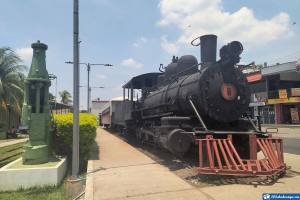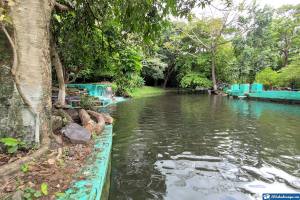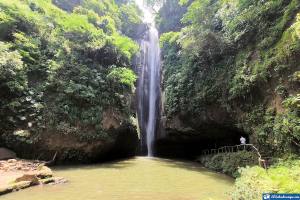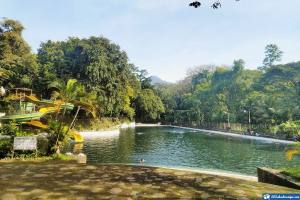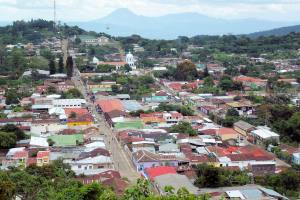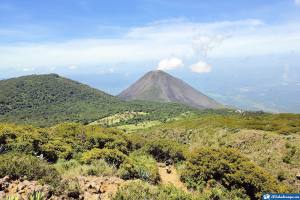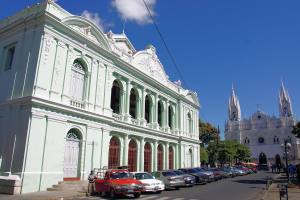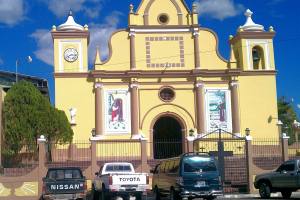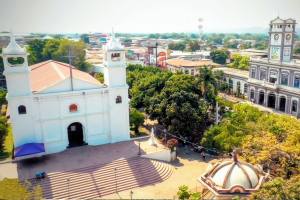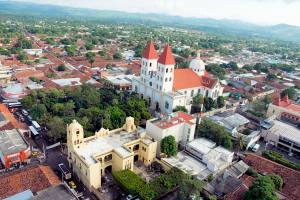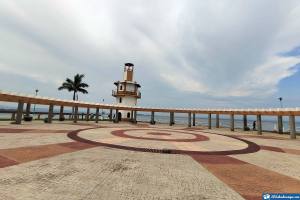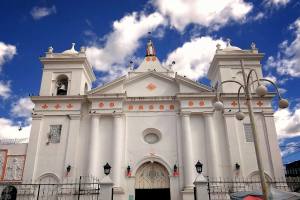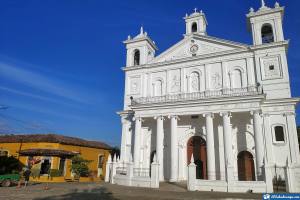If you want to enjoy incredible landscapes, mountains, and excellent color, in the Sonsonate Department, you will have this and more. It is one of the regions that make up the western part of El Salvador and is one of the destinations that receives more tourists annually.
Do you know why Sonsonate is so visited? What makes it different from other departments? Well, its colonial towns reflect its remarkable history, unique beaches, and rivers descend from its volcano. If that were not enough, the human warmth of its inhabitants is incomparable.
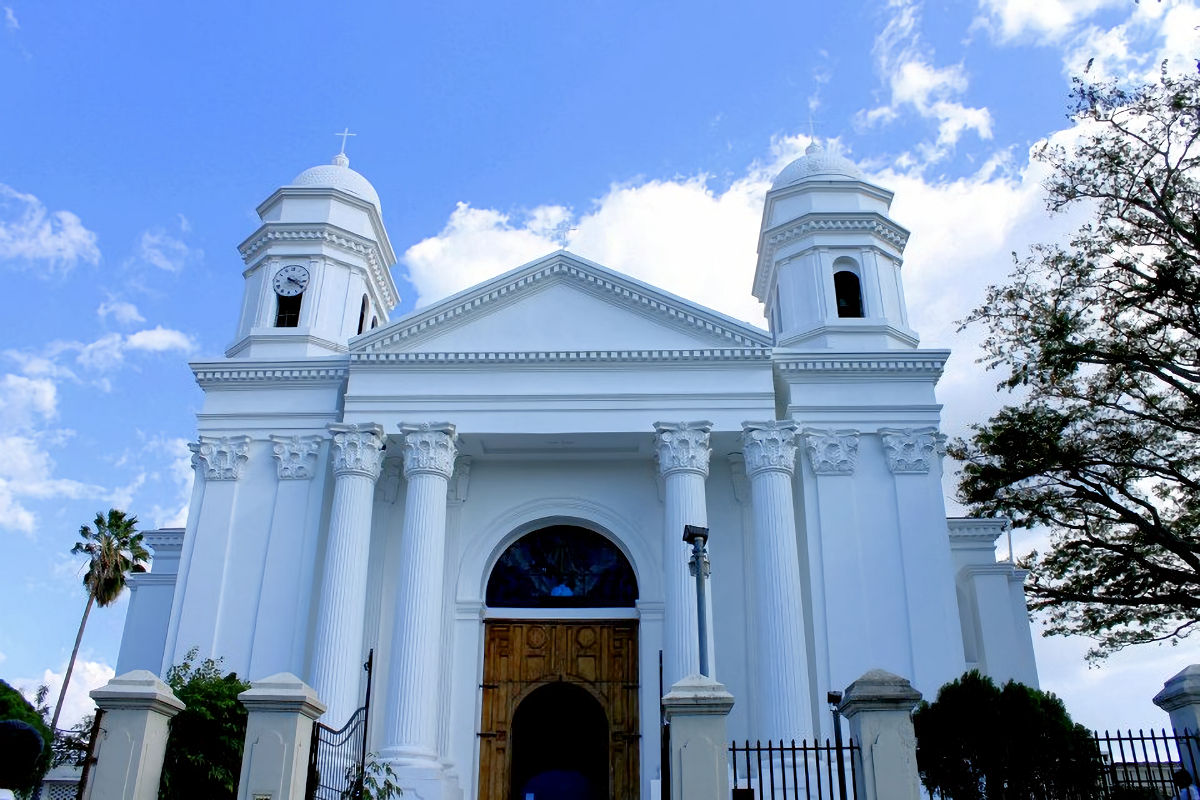
SONSONATE DEPARTMENT - Departments of El Salvador. Photo by Stvn87. Wikimedia Commons.
So if you have already planned to spend a few days in the Sonsonate Department, you will find everything you can do and see during your stay.
Data from Sonsonate
| Country: | El Salvador |
|---|---|
| Category: | Departments |
| Elevation: | 246m |
| Surface: | 232,5km² |
| Population: | 72,951 |
| Recognized as: | Coconut city |
What to see and do in Sonsonate Department
Are you looking for adventure, or do you want to enjoy a few days of total peace? In the Sonsonate Department, you can do whatever you want. From practicing extreme water or land sports, hiking, diving, or simply getting to know the region on the Route of the Flowers.
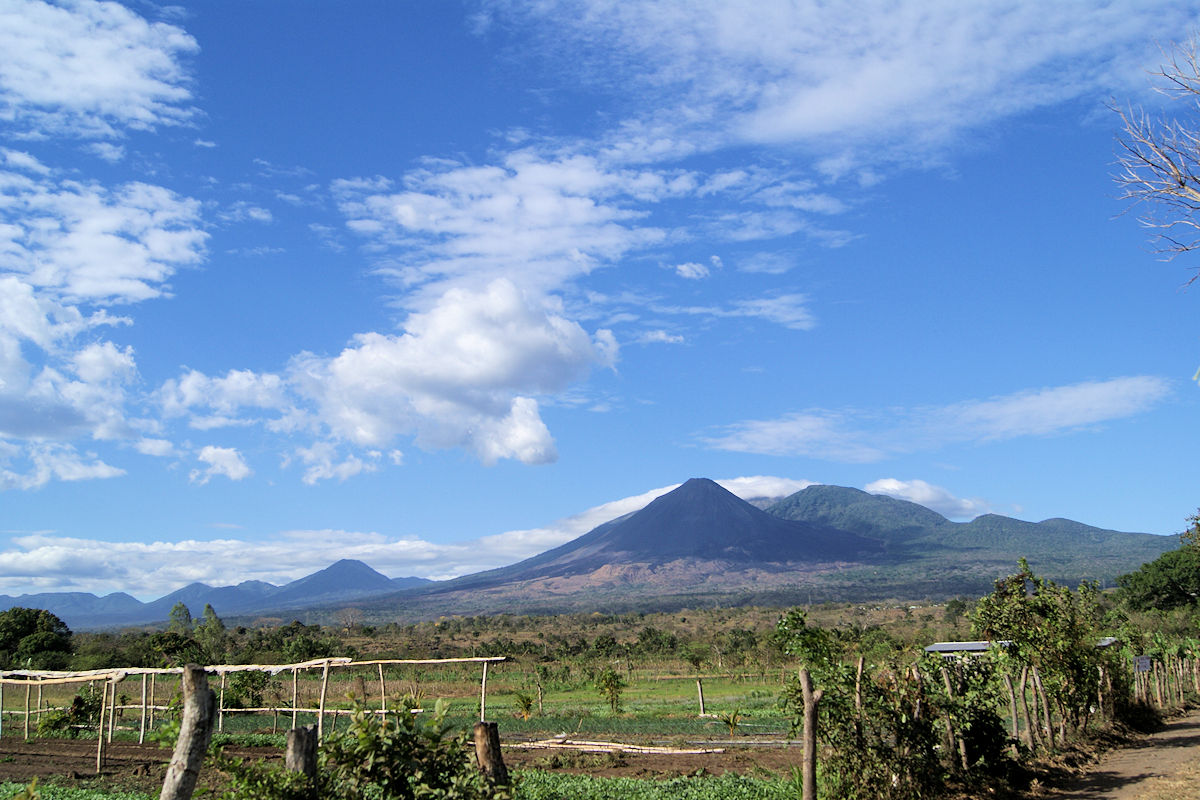
The important thing is that, whatever your choice, you will have the opportunity to transport your mind to remote times. Here you will be able to visit four colonial towns that still preserve their natural attractiveness, black and fine sand beaches, and see the Pacific Lighthouse up close, among others.

While it is true, Sonsonate is too big to visit in two or three days. We are sure you will want to return to enjoy all its tourist attractions.
Monuments and sites of interest
You can enjoy many monuments in the Sonsonate Department, but one of the most impressive is the Temple of the Lord. This temple is located in Juayúa and is dedicated to the Black Christ. The church is a complete work of art, and its stained glass windows are something to admire.
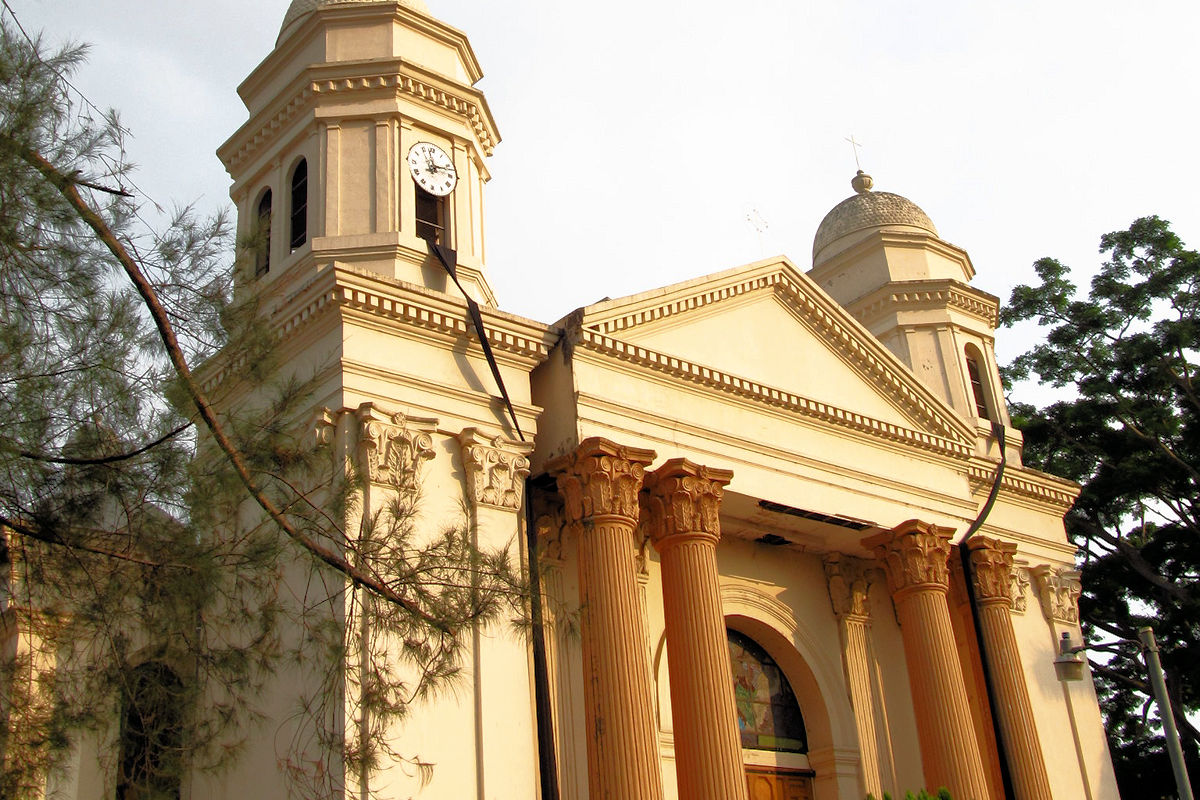
On the other hand, the Cathedral of the Holy Trinity of Sonsonate was erected in the sixteenth century. Its history was surrounded by natural disasters that threatened its integrity. However, nothing could destroy this temple, and it was not until 1553 that the title of the Cathedra was raised.
Other monuments you can also see and visit in this department are the Monument to the Centennial of the City, the Old Railroad Station, and the Archaeological Site of Tacuxcalco. In addition to the Rafael Campo Central Park and the Hacienda San Isidro Izalco.
Attractive places to visit
To be a water sports lover, you must visit one of the most beautiful beaches in Sonsonate. Los Cóbanos beach, with more than 264 km2 of protected territory. The most recommended activities are diving and snorkeling to enjoy a fantastic reef.
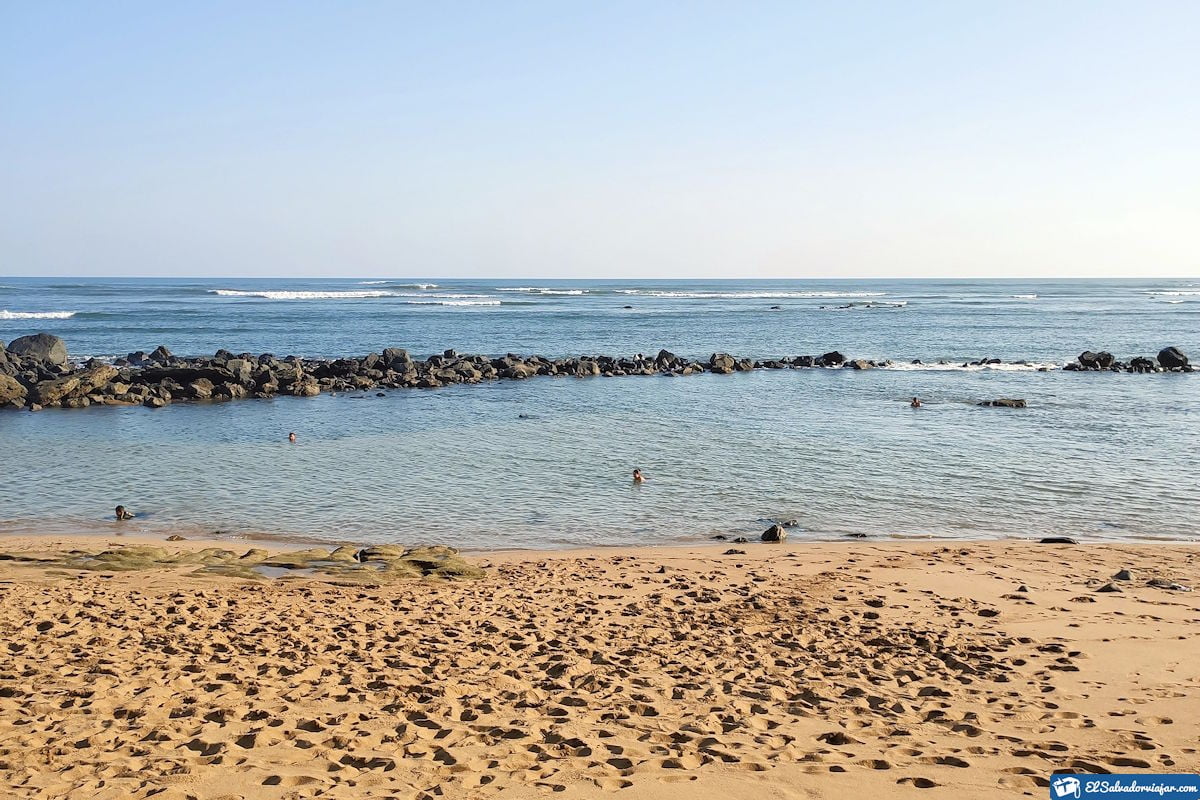
Another beach worth visiting is Metalío beach. It has a comfortable and peaceful environment where you can rest on its black sands. Here you can camp and make campfires at night without any problems.
Now, if you prefer hiking and direct contact with nature, you can not miss the Izalco Volcano, the San Marcelino Volcano, and La Olla. All of the great importance for Sonsonate and El Salvador.
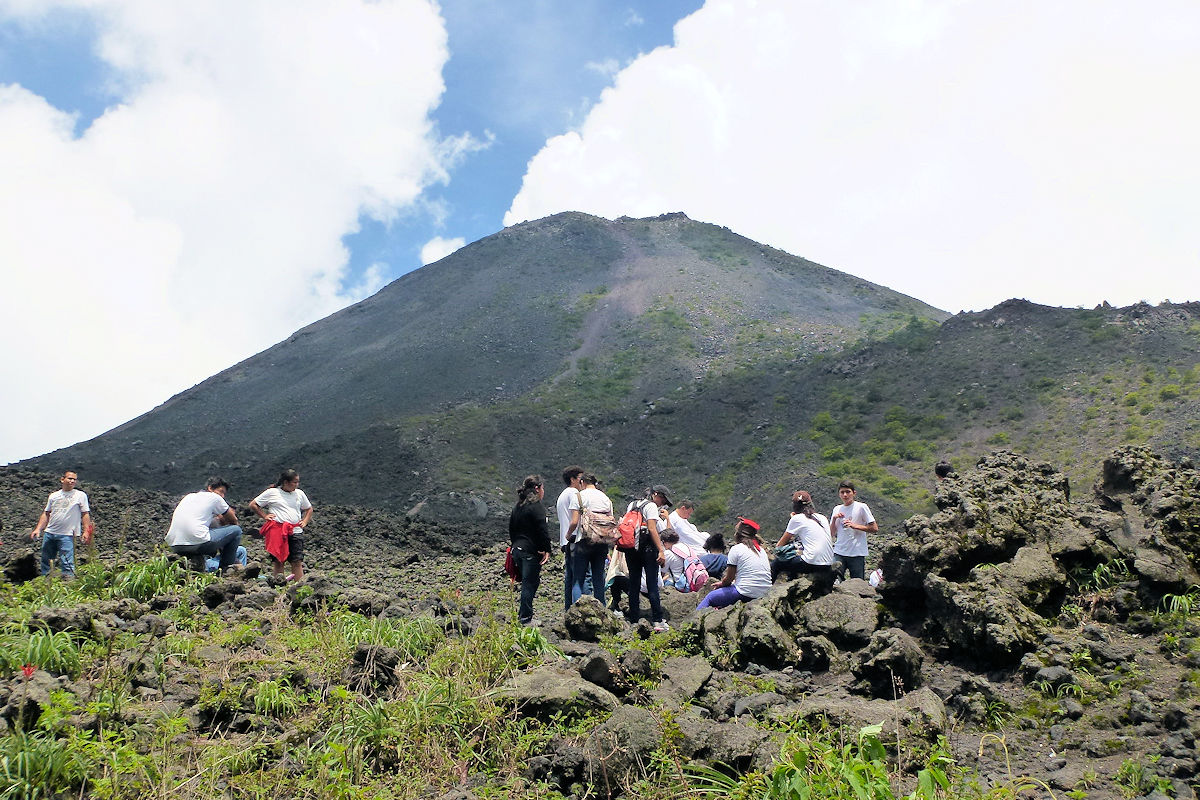
Destinations near Sonsonate Department
Two destinations near Sonsonate are the departments of Santa Ana and Ahuachapán. Both offer tourists a tour full of beauty and adventure on different routes. We start with the Route of the Volcanoes, where you can surround yourself with nature.
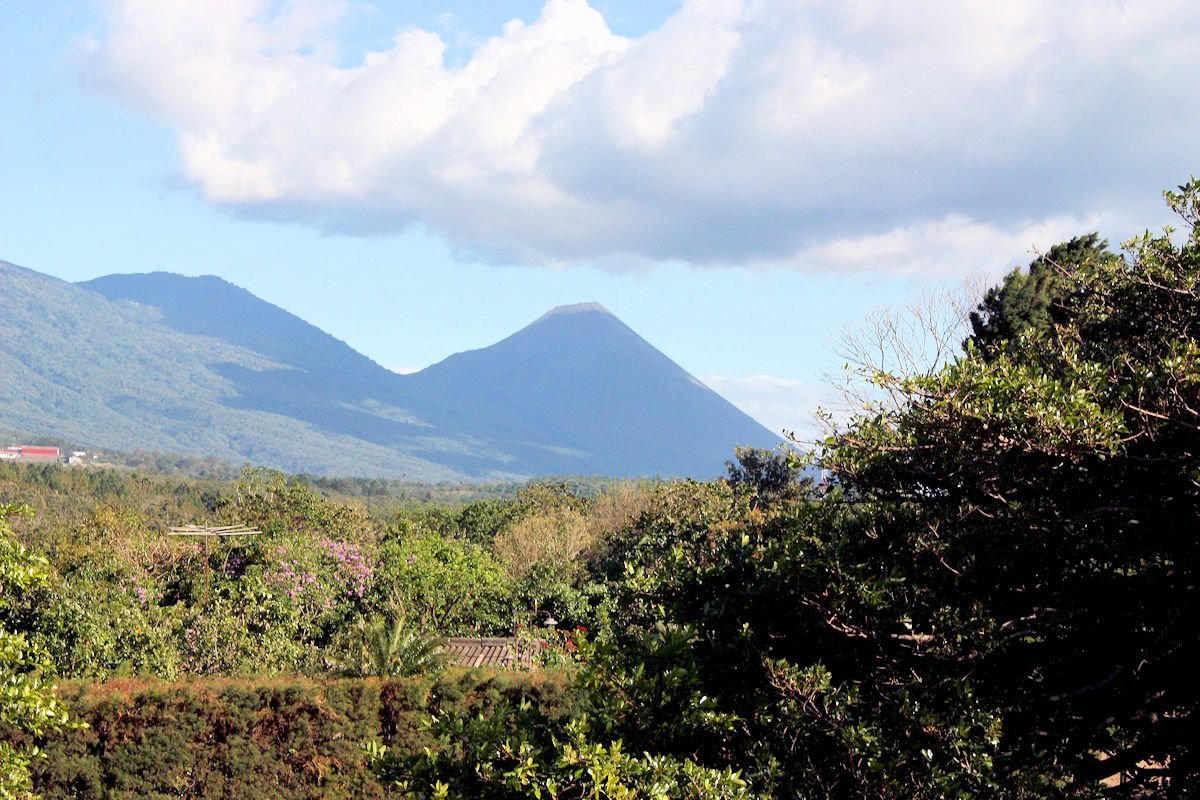
But above all, you can enjoy the imposing Cerro Verde, Santa Ana, and Izalco Volcano in person. Now, if you are looking for a quieter tour and to get to know the customs of beautiful towns, we recommend the Ruta de las Flores (Route of the Flowers).
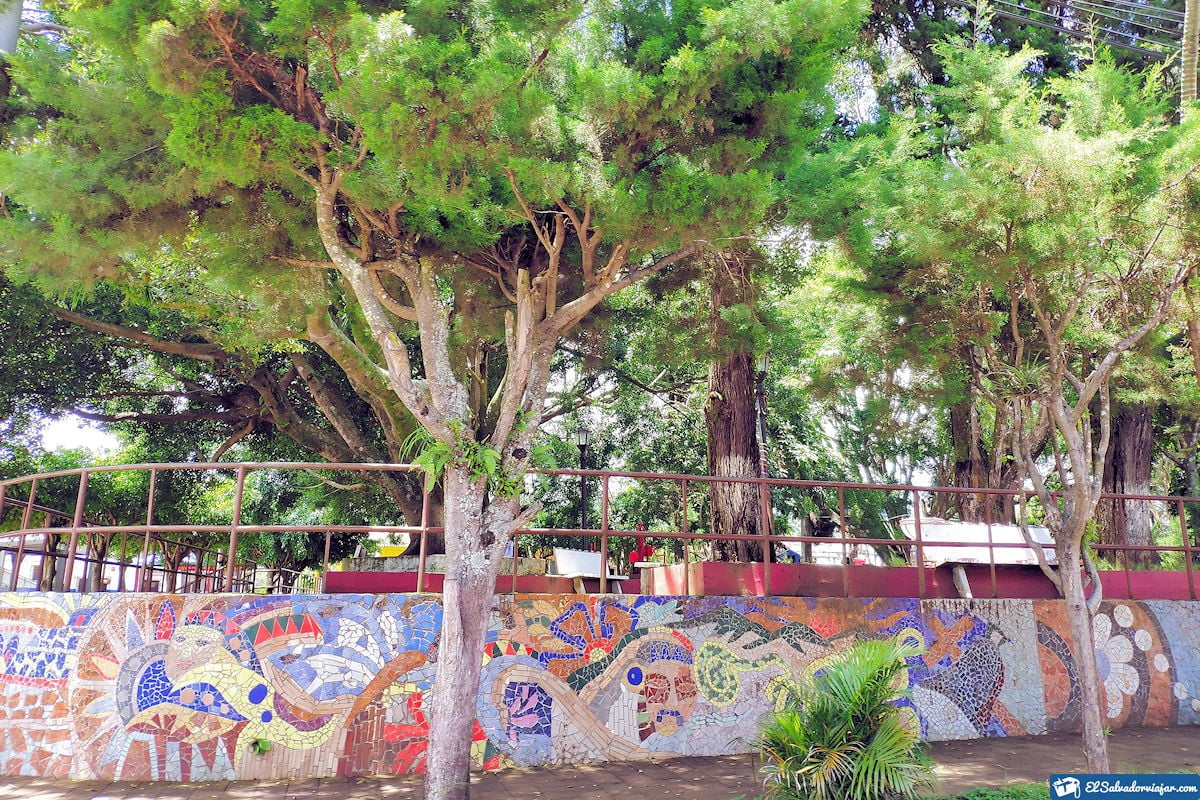
This route will take you through Sonsonate and Ahuachapán on a unique and colorful tour. You will discover the history of El Salvador by walking the streets of the municipalities of Ahuachapán, Ataco, Apaneca, Nahuizalco, Salcoatitán, and Juayúa.
History of Sonsonate Department
According to historical data, this department was founded in mid-1552 under Villa de la Santísima Trinidad de Sonsonate. But before that, it was inhabited by one of the largest indigenous communities in El Salvador.

However, during colonization, the territory was part of the Captaincy General of Guatemala until gaining independence in 1821. However, it took three years before it was declared part of San Salvador.
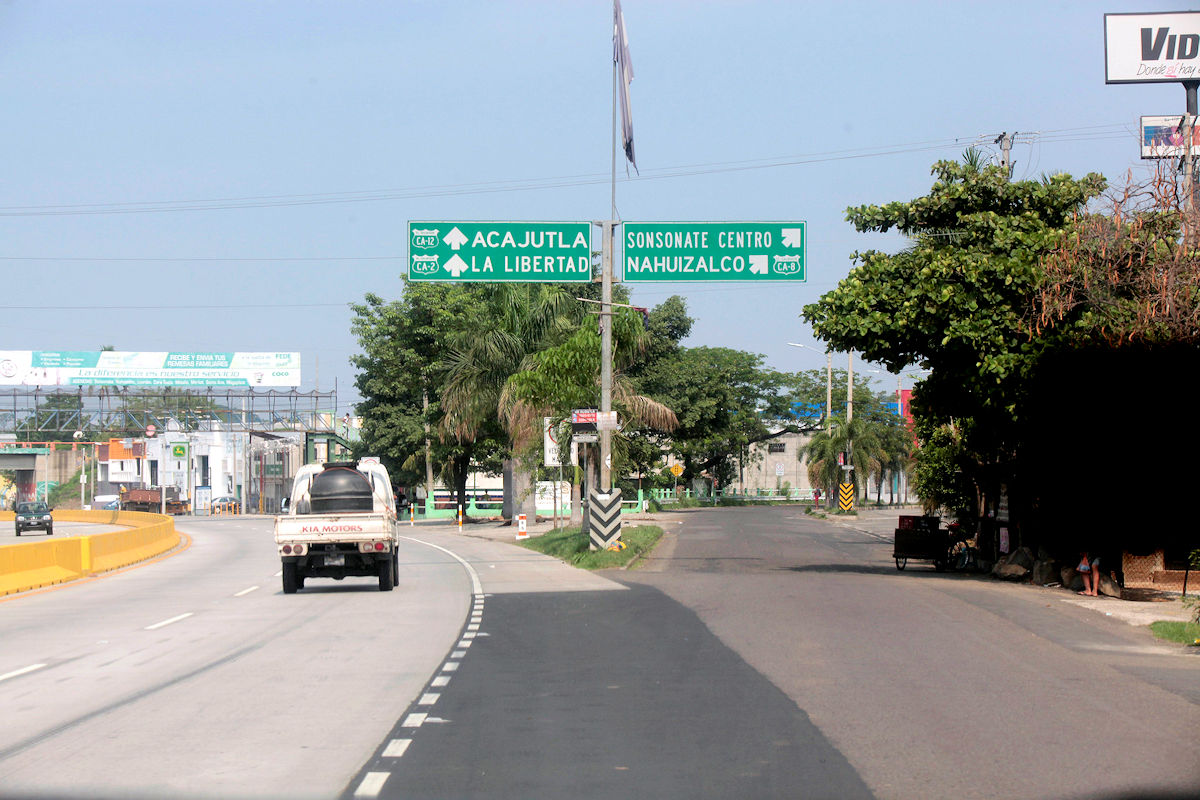
And it was just in 1824 that it received the title of the City, becoming part of the most crucial group of departments for commercial development. Even then, Sonsonate was known as the City of coconut trees; that was what was most abundant in the region.
Geography and municipalities of Sonsonate Department
The Sonsonate Department is located precisely in the west of El Salvador towards the western region. It has an area of 1226 km2, and its population exceeds 518 thousand inhabitants. The land formations in Sonsonate are divided into two parts.

The first is a mountainous area and plains to the region’s south. To the west is the Sierra Apaneca-Lamatepec mountain range, which originates the formation of an alluvial plain that flows into the Pacific Ocean.

On the other hand, it has unique geographic characteristics that resulted in the formation of geomorphological features. That is to say, elevations or variations in the terrestrial surface. The region’s estuaries, mouths, cliffs, and other attractive natural formations originate this way.

An example is the number of tributaries that run throughout the Sonsonate Department and hence the Nahuat origin of its name, which means “Four Hundred Eyes of Water.” The principal rivers are the Rio Grande de Sonsonate and Rio Apancoyo.
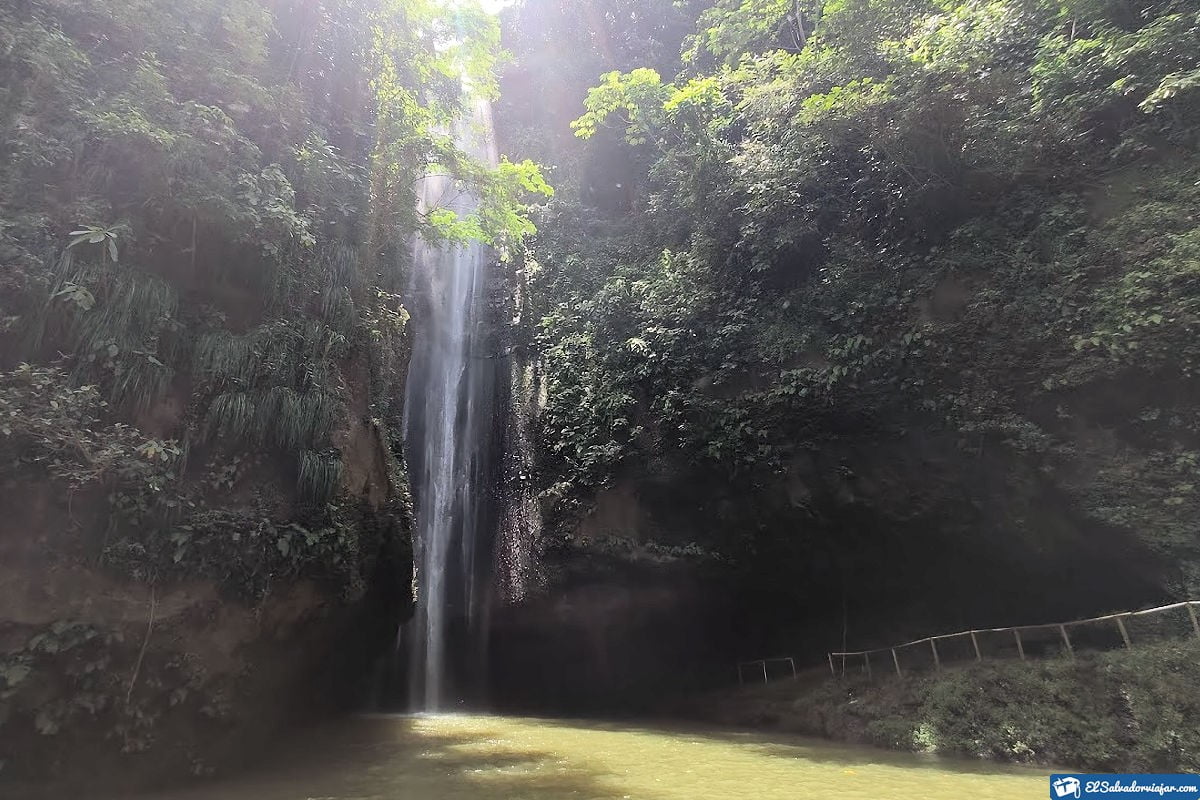
These are preceded by the Santo Domingo, El Coyol, Negro Tecuma, Mandiga, and Cauta rivers, among others. Which in turn makes a tour throughout the region, mainly passing through 16 municipalities that are:
- Sonsonate: is the city’s capital, has an area of 232.53 km2, and is divided into 13 cantons.
- Acajutla: has eight cantons spread over an area of 166.59 km2.
- Armenia has nine cantons in an area of more than 65 km2.
- Caluco: it has an area of 51.43 km2 and eight cantons.
- Cuisnahuat has an area of more than 73 km2 and five cantons.
- Izalco is divided into 25 cantons in an area of 175.9 km2. After Sonsonate, it is one of the municipalities with the most significant number of inhabitants.
- Juayúa: has ten cantons with an extension of more than 103 km2.
- Nahulingo: it has more than 35 km2 of extension and four cantons.
- Nahuizalco: it has 15 cantons and 34.32 km2 of extension.
- Salcoatitán: this is the smallest of Sonsonate and has only two cantons spread over an area of 18.31 km2.
- San Antonio del Monte has six cantons and an area of 25.11 km2.
- San Julián is divided into 11 cantons with an area of 81.64 km2.
- Santa Catarina Masahuat has four cantons with an area of almost 31 km2.
- Santa Isabel Ishuatán has eight cantons and an area of 95.25 km2.
- Santo Domingo de Guzmán has four cantons and an area of 27.92 km2.
- Sonzacate: a small municipality with two cantons. An area of only 8.40 km2.
Climate, flora and fauna
Sonsonate is a unique department, and it is so extent that its climate varies according to the altitude of each municipality. For example, those municipalities with an elevation of up to 800 meters above sea level are characterized by a hot tropical savannah type.
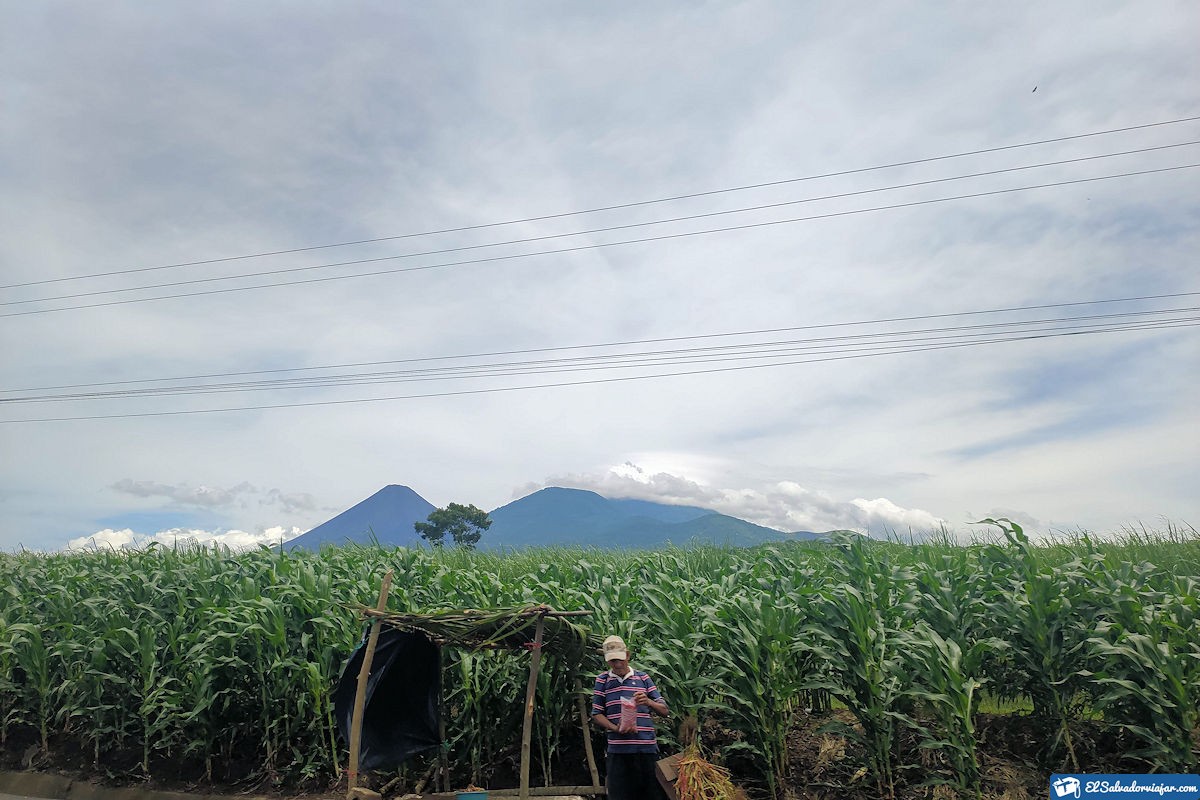
While for the zones up to 1200 meters above sea level, the climate is hot tropical, and up to 1800 meters above sea level, it is a temperate high-altitude tropical. And finally, up to 2700 meters above sea level, it is a low high altitude with a cold climate.

Given the climatic conditions, Sonsonate’s flora is in different types of forests. Beginning with the subtropical rainforest in which species such as caulote, cedar, chaperno, among others.
They are preceded by the subtropical rainforest, where the most abundant species are laurel, oak, and dambar. Finally, the montane forest is where you can find various ferns, pine, moss, orchids, and more.
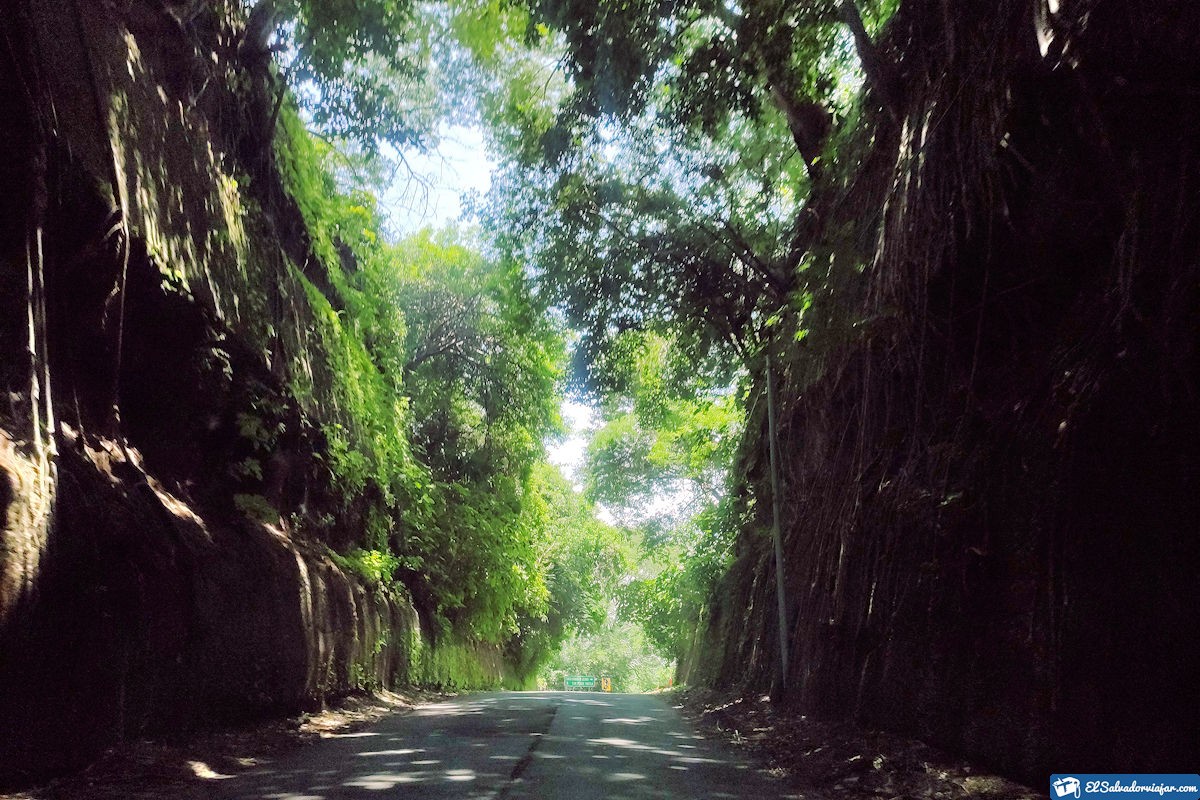
As for the fauna, hundreds of animal species have been identified, including reptiles, amphibians, mammals, birds, and insects. A clear example of diversity is the more than 120 species of birds that live here.
Culture and customs in Sonsonate Department
The joy and kindness of its inhabitants reflect what Sonsonate is cultural. Among its most important traditions is the celebration of the Holy Burial. It consists of a theatrical display in which the Passion of Christ is presented.

While they carry the Holy Sepulcher in procession during Good Friday, for their part, the inhabitants decorate the streets with carpets made with different materials. Among its customs are the traditionalist dances and even the most important of El Salvador.
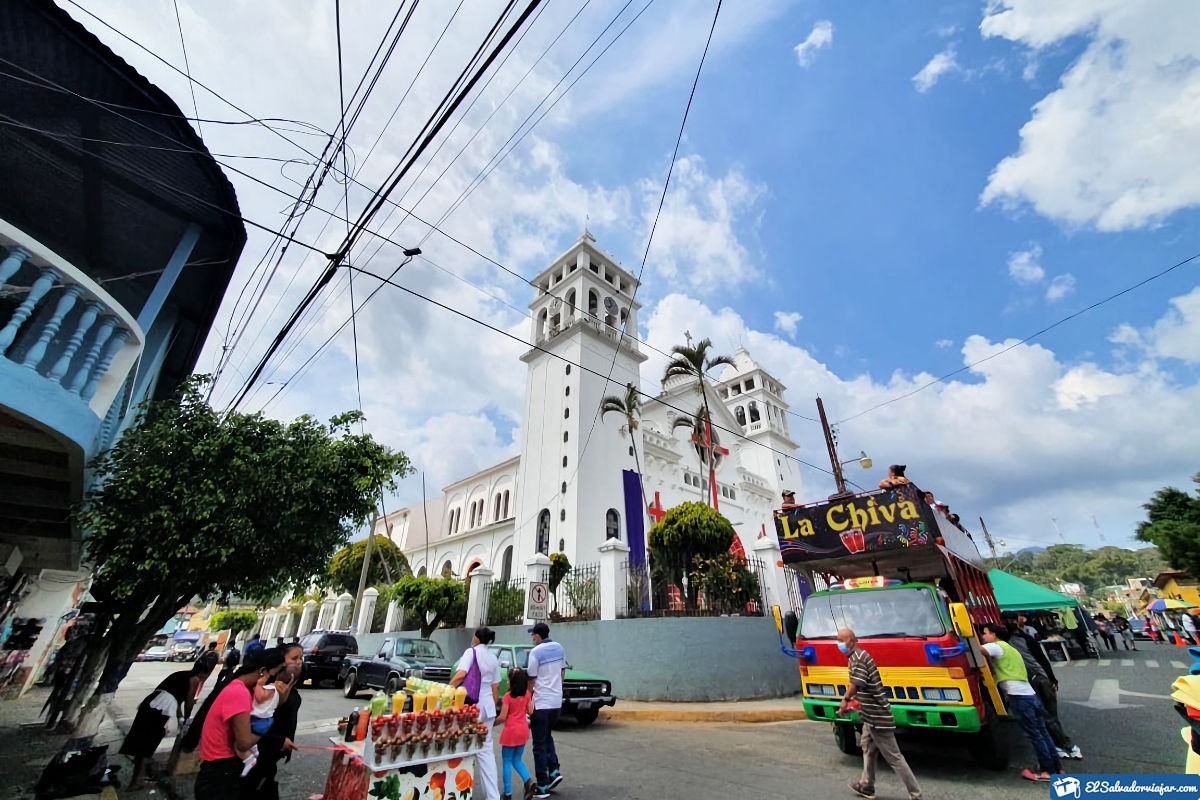
The most outstanding of Sonsonate is the “Baile de la Vaca” (Cow Dance) performed on Christmas days in the municipality of Juayúa. This dance requires several men in an odd-numbered group since one carries a wooden frame, and the rest are placed in pairs. Some wear women’s clothing for the performance and will provide each one with ribbons to lasso the cow as they dance allegorically.
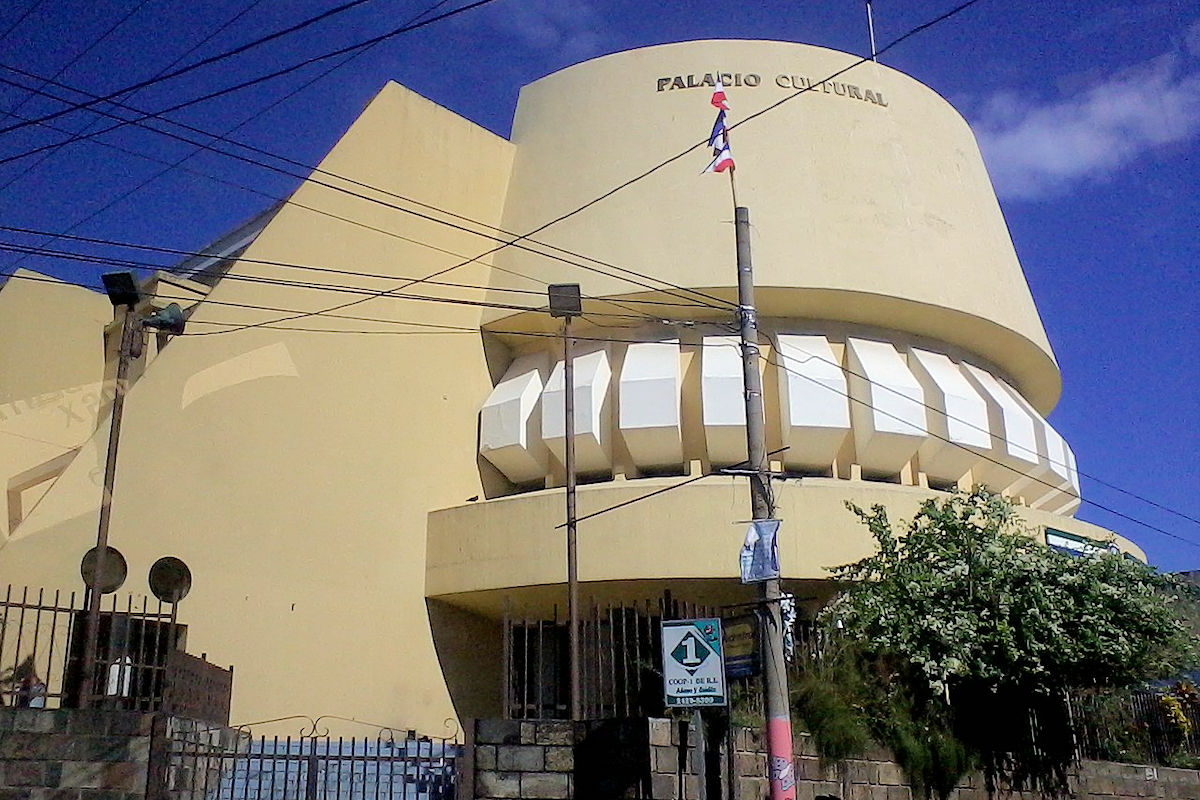
Festivals and gastronomy
Any time of the year is ideal for knowing every corner of the Sonsonate Department, thanks to the countless festivals in its different municipalities. If we start in its capital, commemorating the Virgen de la Candelaria is the most important.
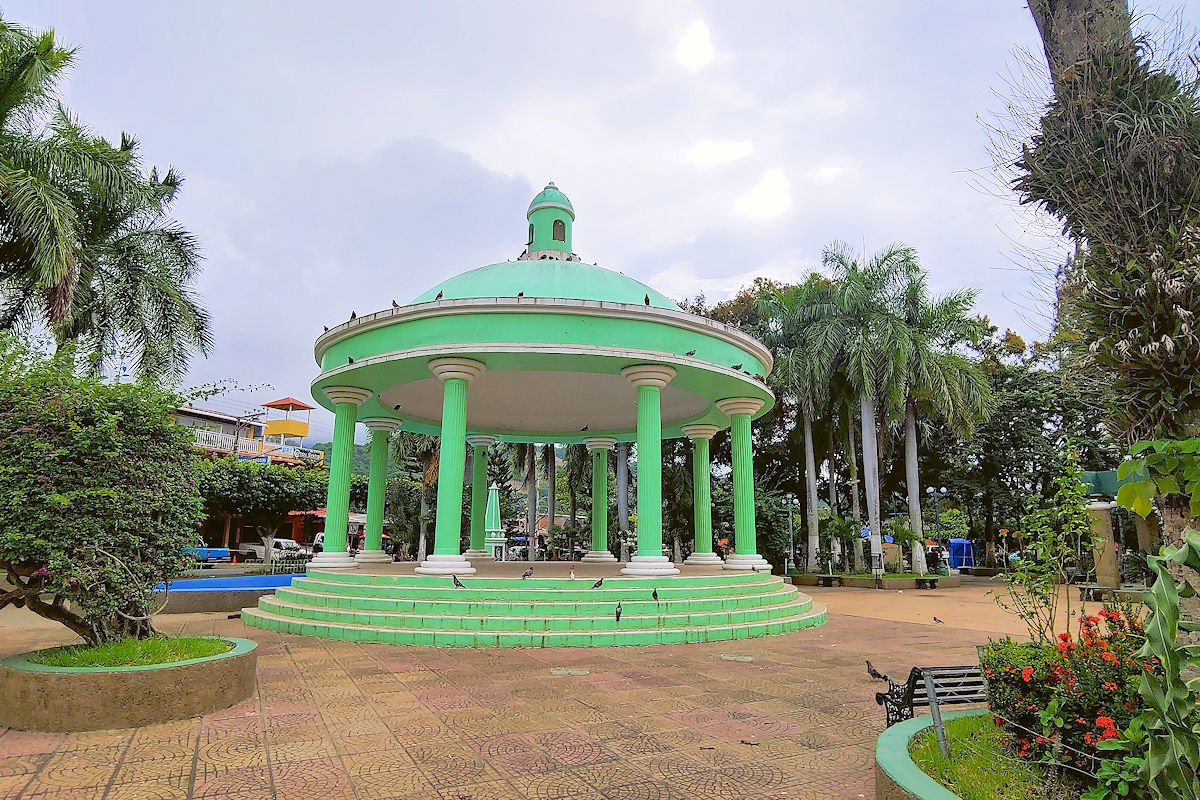
This is preceded by the feast of the Holy Trinity in Acajutla, San Miguel Arcángel in Salcoatitlán, and El Cristo Negro in Juayúa. Each one is adorned by the most incredible dance proposals of the region and course, the faith of its people.
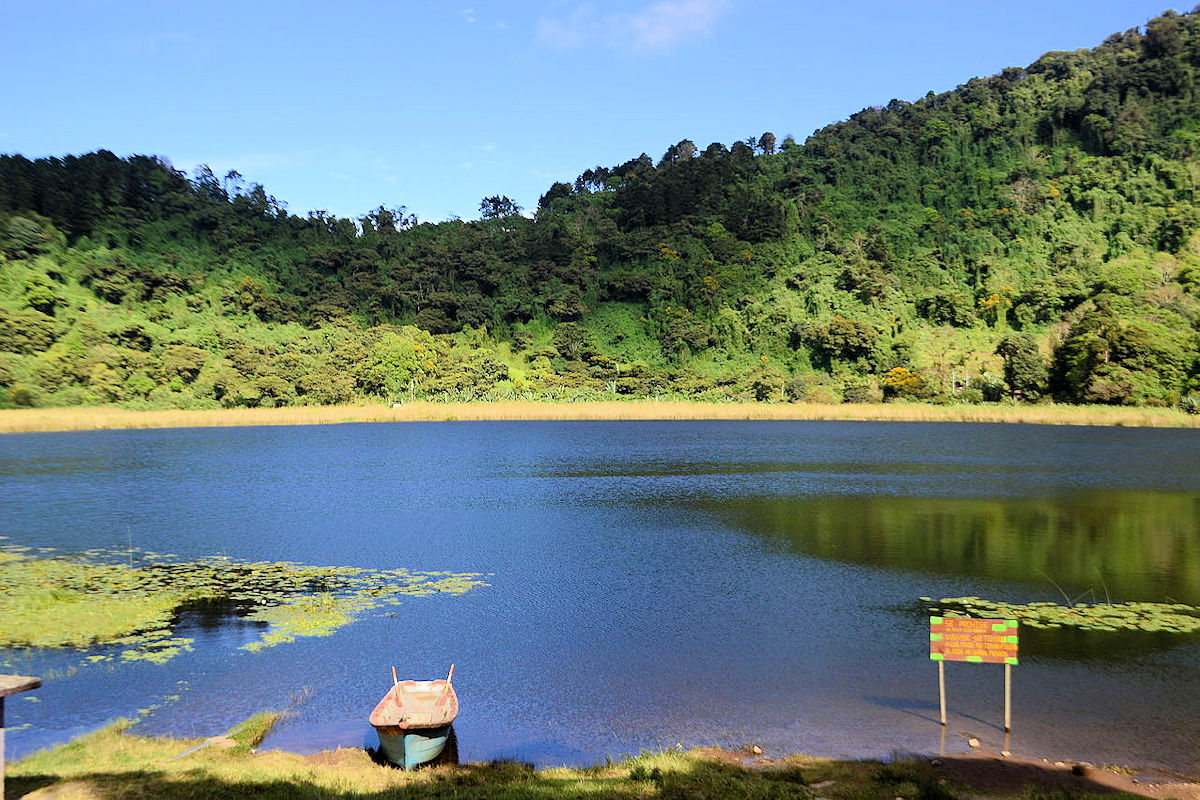
Finally, if you add that you will be able to taste the most delicious traditional dishes, your trip has been a success. Here you will find the famous fried yucca, nuégados, and torrejas.

Finally, if you add that you will be able to taste the most delicious traditional dishes, your trip has been a success. Here you will find the famous fried yucca, the nuégados, and the torrejas.

